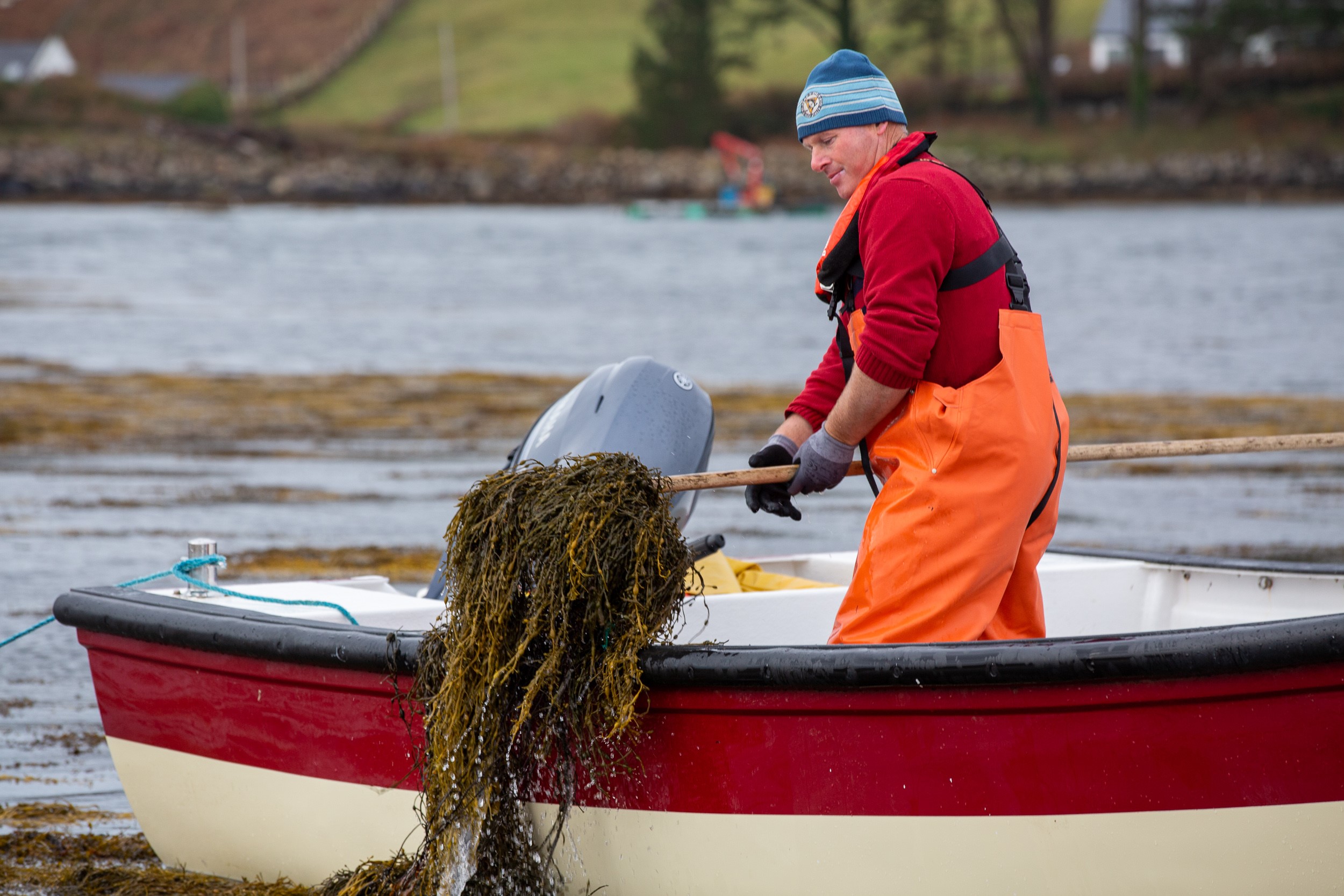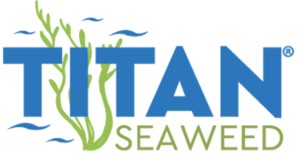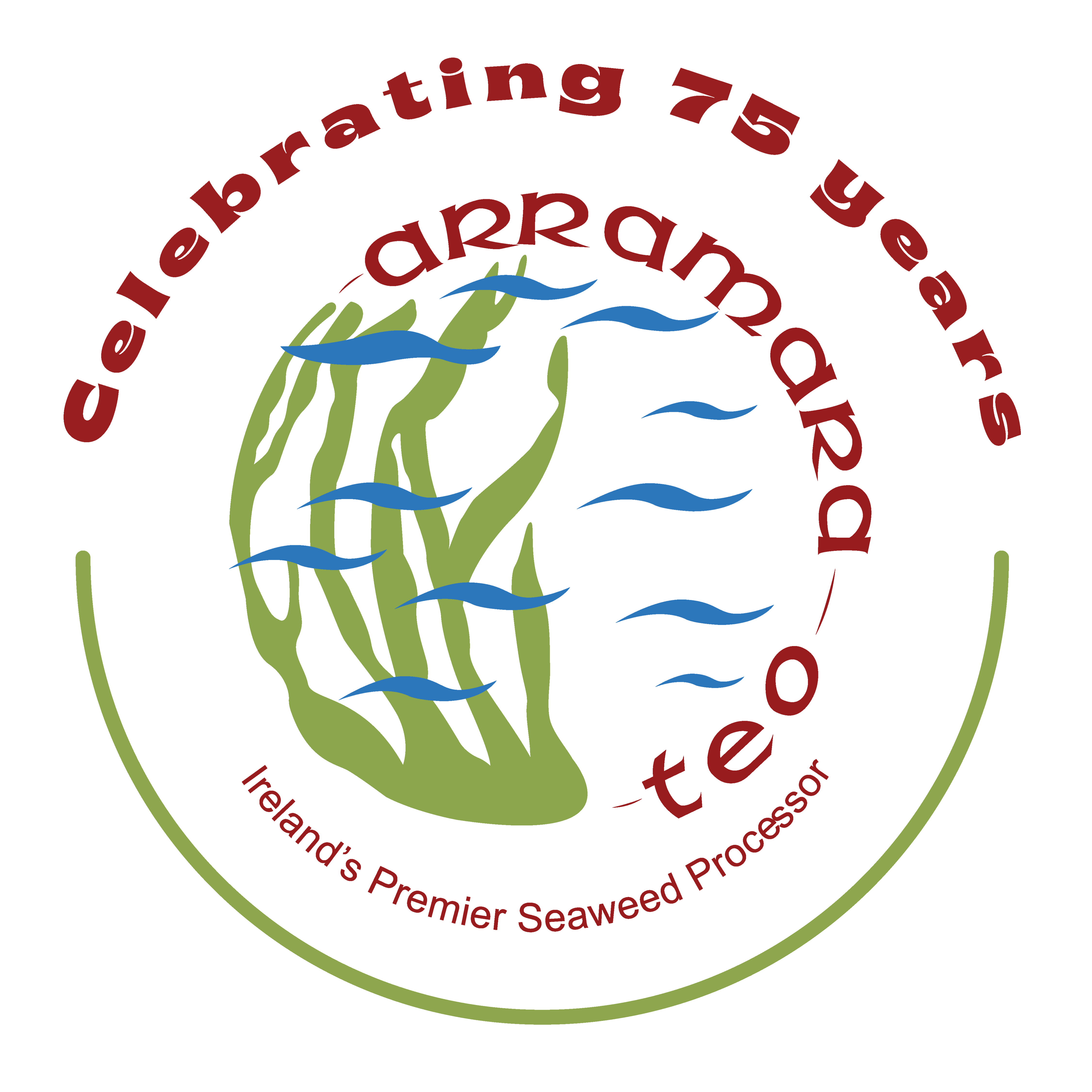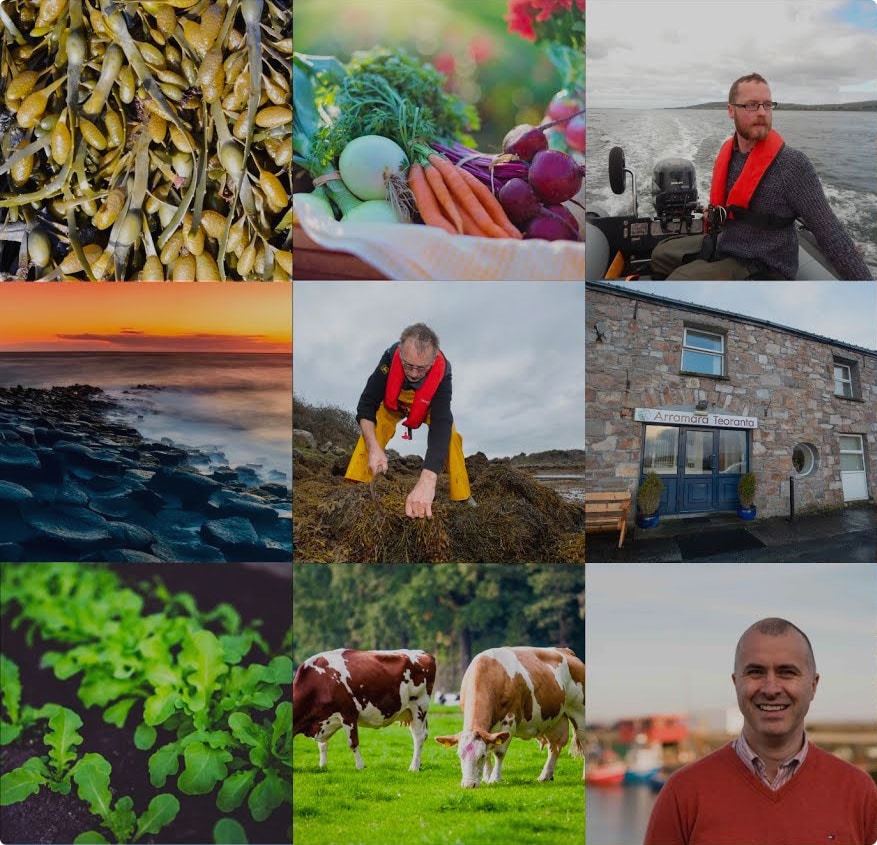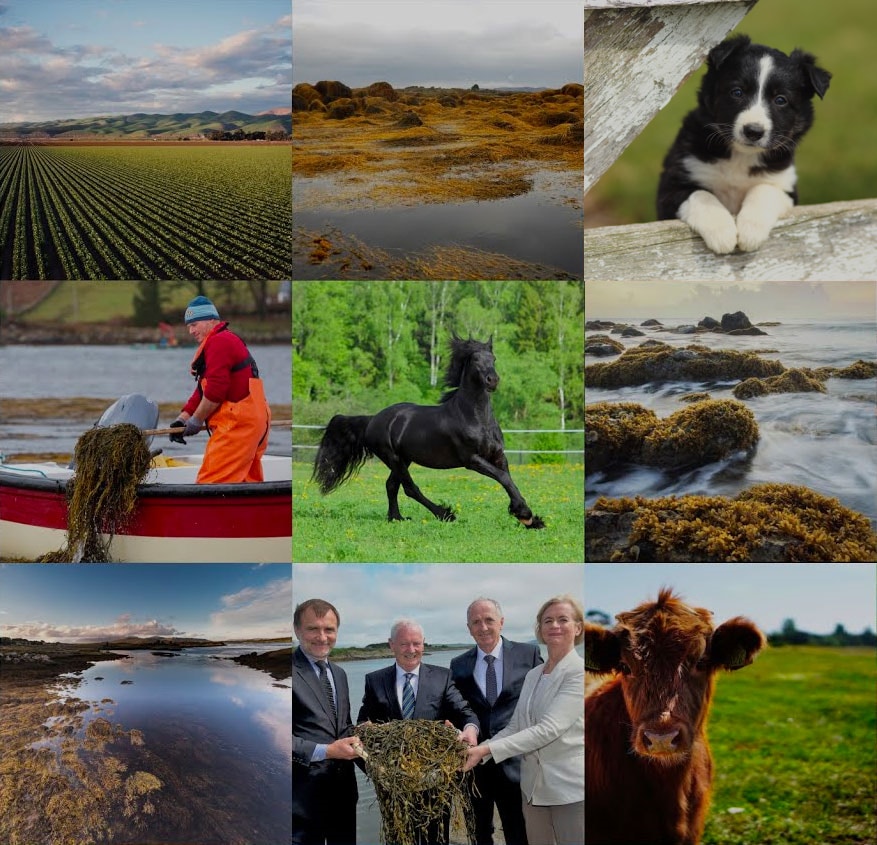Harvest Methods
As one of the largest and longest running commercial processors of Ascophyllum nodosum in Ireland, Arramara Teoranta has developed an effective species-specific approach to working with the Harvesters who supply us. Our Harvesters use a combination of traditional hand harvesting methods using knives and sickles and, in recent years, an eco-friendly hand harvesting method using small boats and specially-designed rakes. Using both methods, we ensure that Irish seaweed remains a sustainable resource along the West Coast of Ireland.
Hand Harvesting Using a Sickle or Knife
Hand harvesting practices are simple, but effective. The abundant Ascophyllum nodosum is harvested at low tide, when the shore is most exposed. Experienced Harvesters use sharp knives or sickles to cut the Ascophyllum from the rocks it attaches itself to along the seashore, careful to leave 15 to 20 cm of seaweed remaining. This traditional harvesting is carried out in strict rotation to allow the Ascophyllum nodosum to regrow, with Harvesters only returning after three to five years.
Next, the Harvester collects and bundles the seaweed into bales or climíní.
When the tide has risen, each bale is towed to a collection point (either a slipway or pier) where it is inspected by a resource team member before a haulier transports the seaweed to Arramara for processing (usually in 20‐tonne loads).
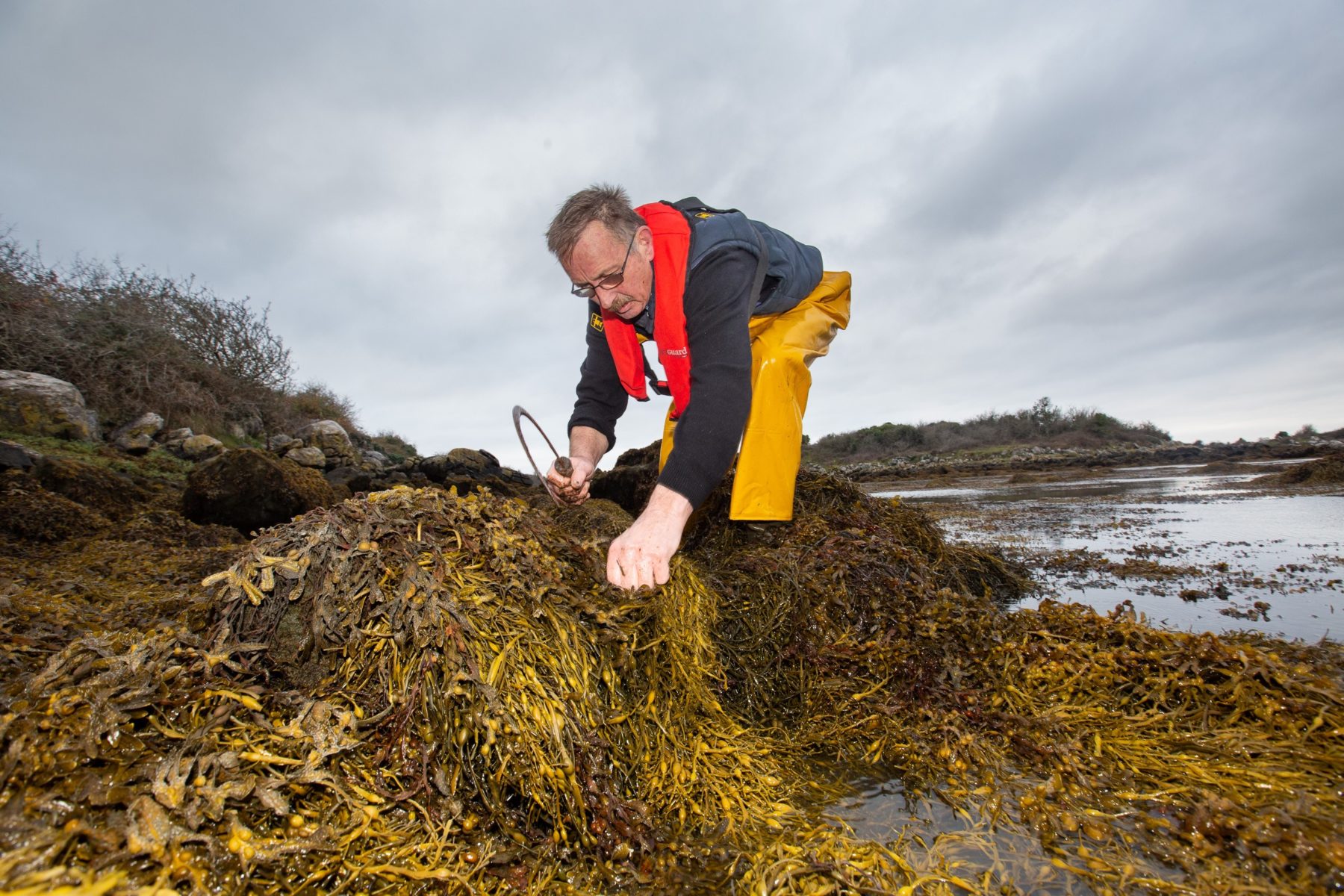
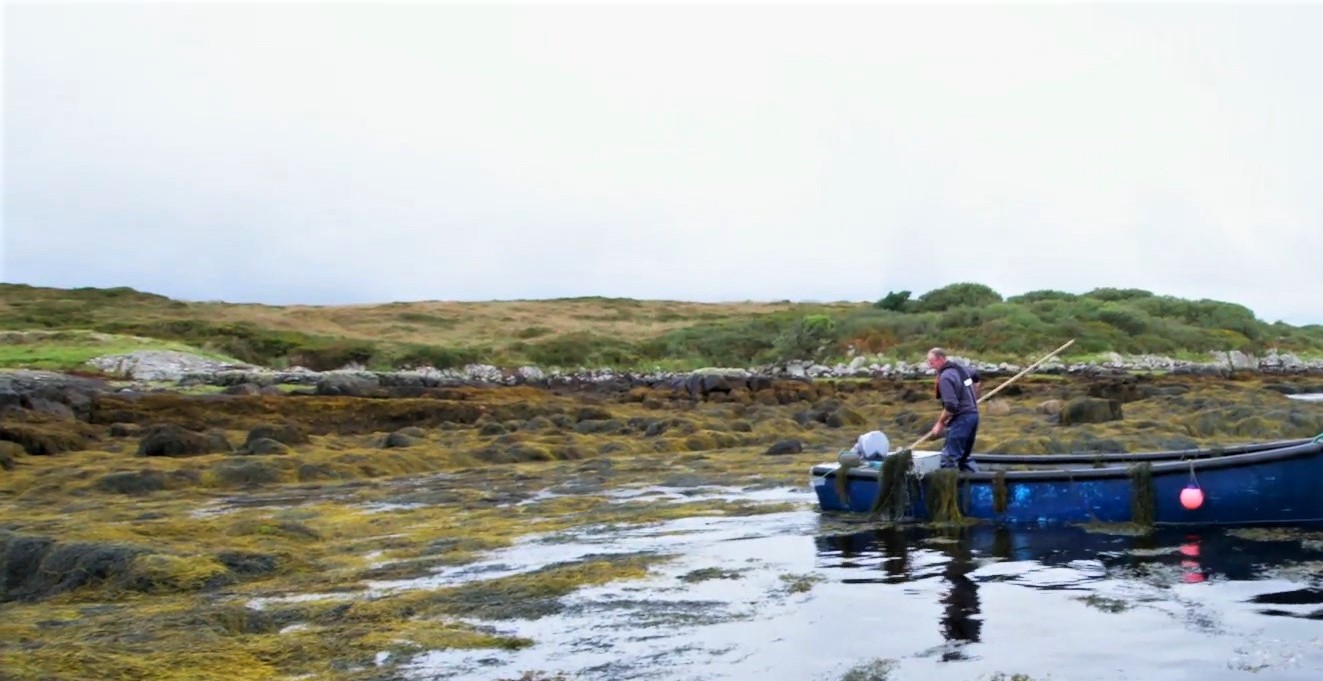
Hand Harvesting Using a Small Boat and Rake
Using the boat and rake method, Harvesters dip a specially-designed rake on a long handle to trim the Ascophyllum while preserving the holdfast (root). This process is akin to cutting your grass and stimulates growth in the seaweed plant, allowing Harvesters to return to the same area each year, rather than every three to five years with the traditional method.
Harvesting from the boat allows Harvesters to operate during both high and low tide, and store the seaweed in the boat rather than leaving it on the shore. Because their vessel is constantly shifting with the tide and currents, Harvesters gather Ascophyllum plants in a patchy and pruning fashion. This process leaves ample canopy for other intertidal inhabitants, allows for a rapid regeneration of seaweed shoots and minimizes the disturbance of the habitat architecture. Overall, our research finds the boat and rake method to be a highly sustainable practice that increases the volume of the biomass.
In October 2013, several local Harvesters and Hauliers associated with Arramara were invited to Canada to witness first-hand how Acadian Seaplants harvests Ascophyllum nodosum using the boat and rake method. Once back home, a number began asking for a local boat and rake demonstration to show the method’s potential ease and efficiency.
In June 2016, we held a supervised demonstration in Cill Chiaráin Bay in conjunction with Open Day for Harvesters organised by Arramara at its production facility. Afterward, two Harvesters from Roundstone requested to borrow the boats to do a further trial in their harvesting area, and have been harvesting by boat and rake at their leisure ever since. Other Harvesters have expressed interest in this alternative method.
